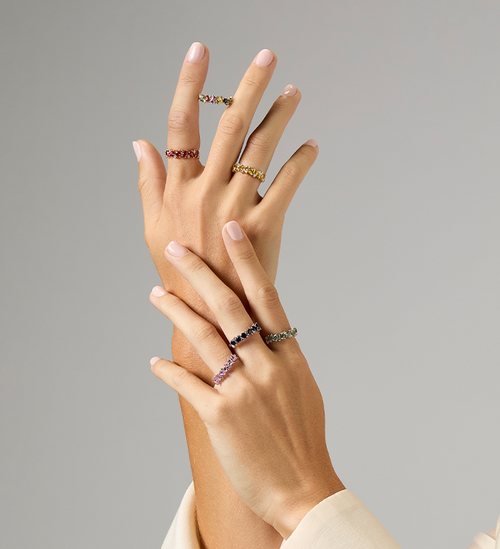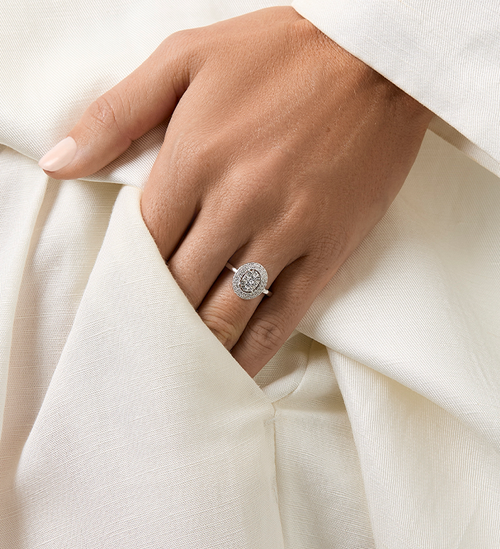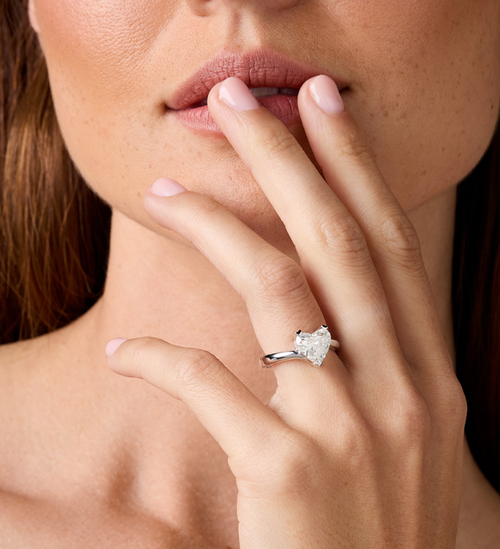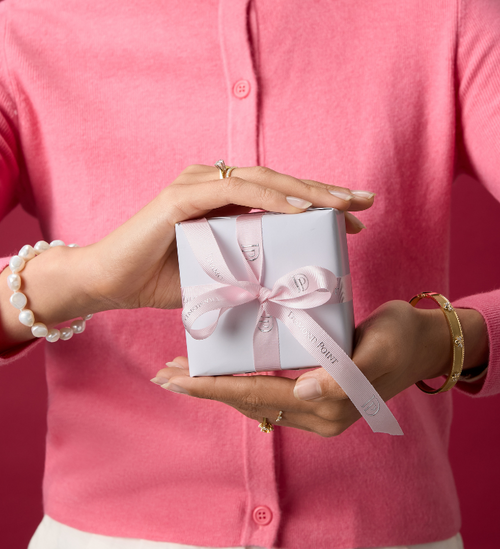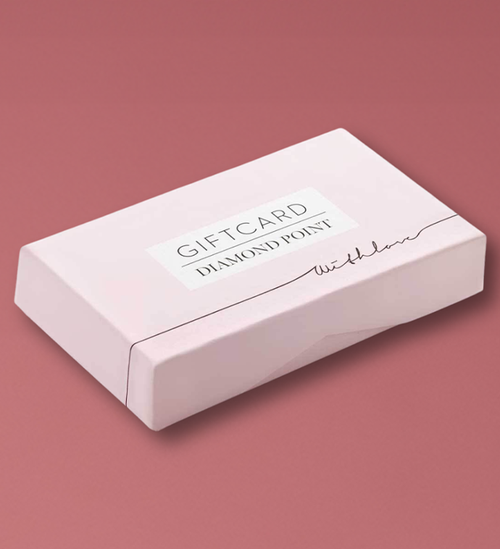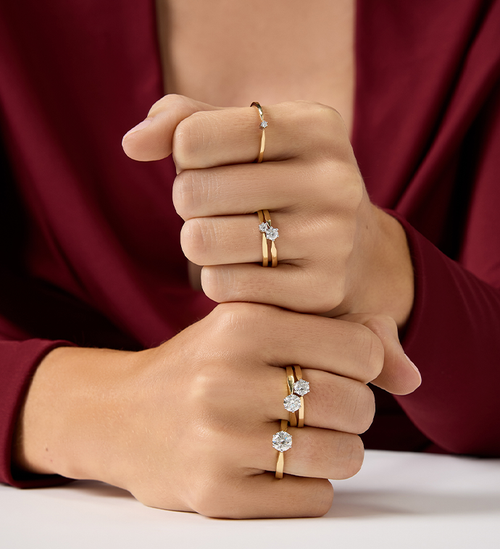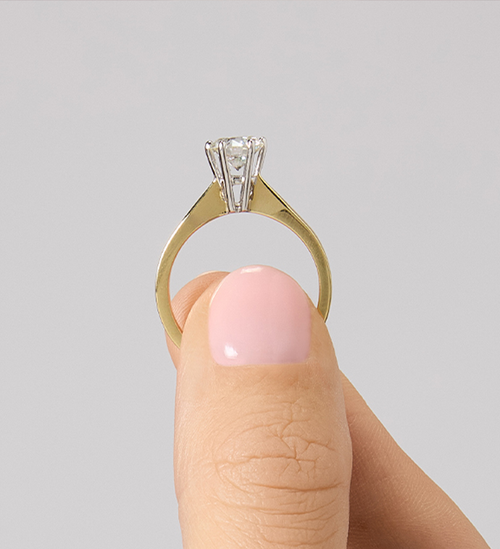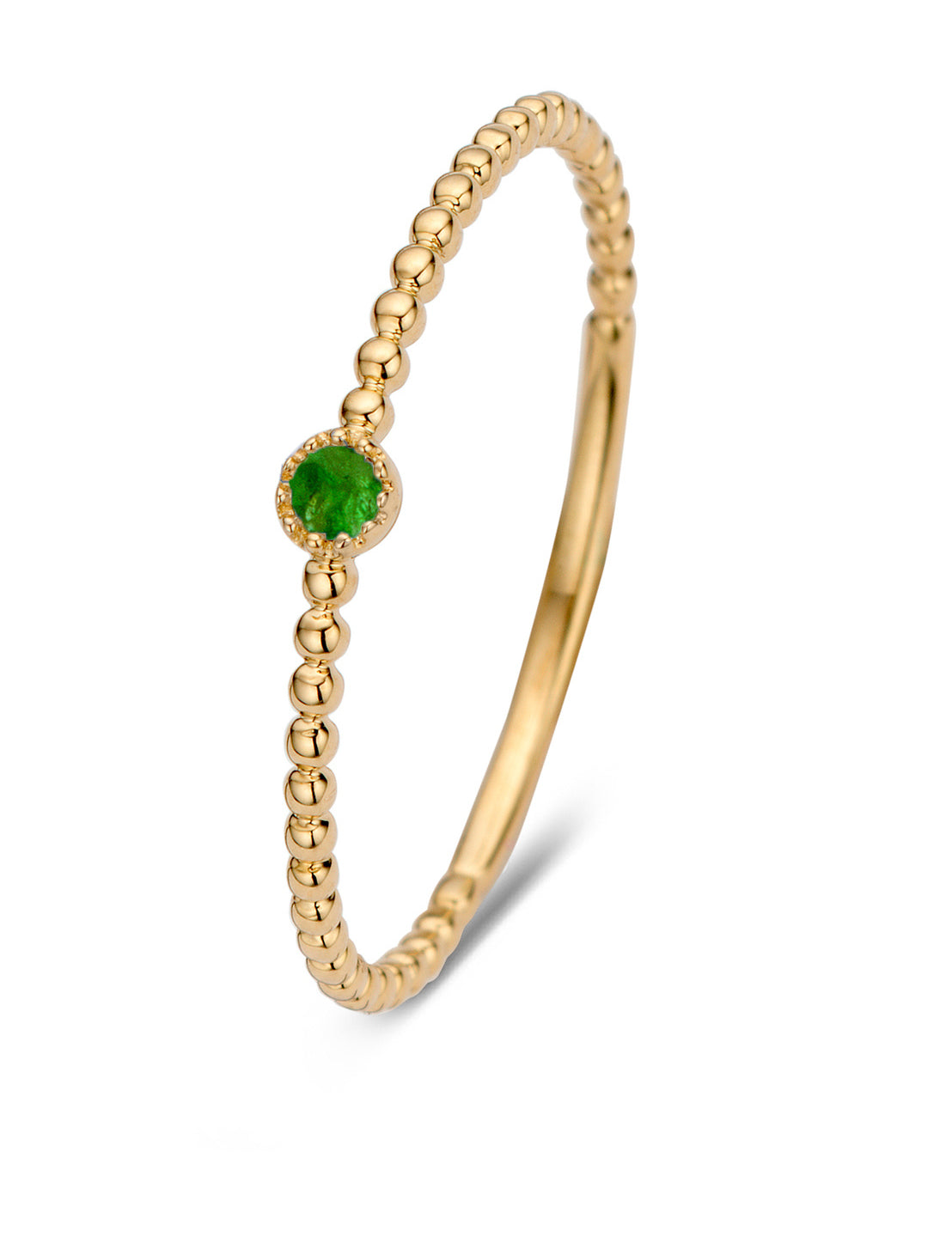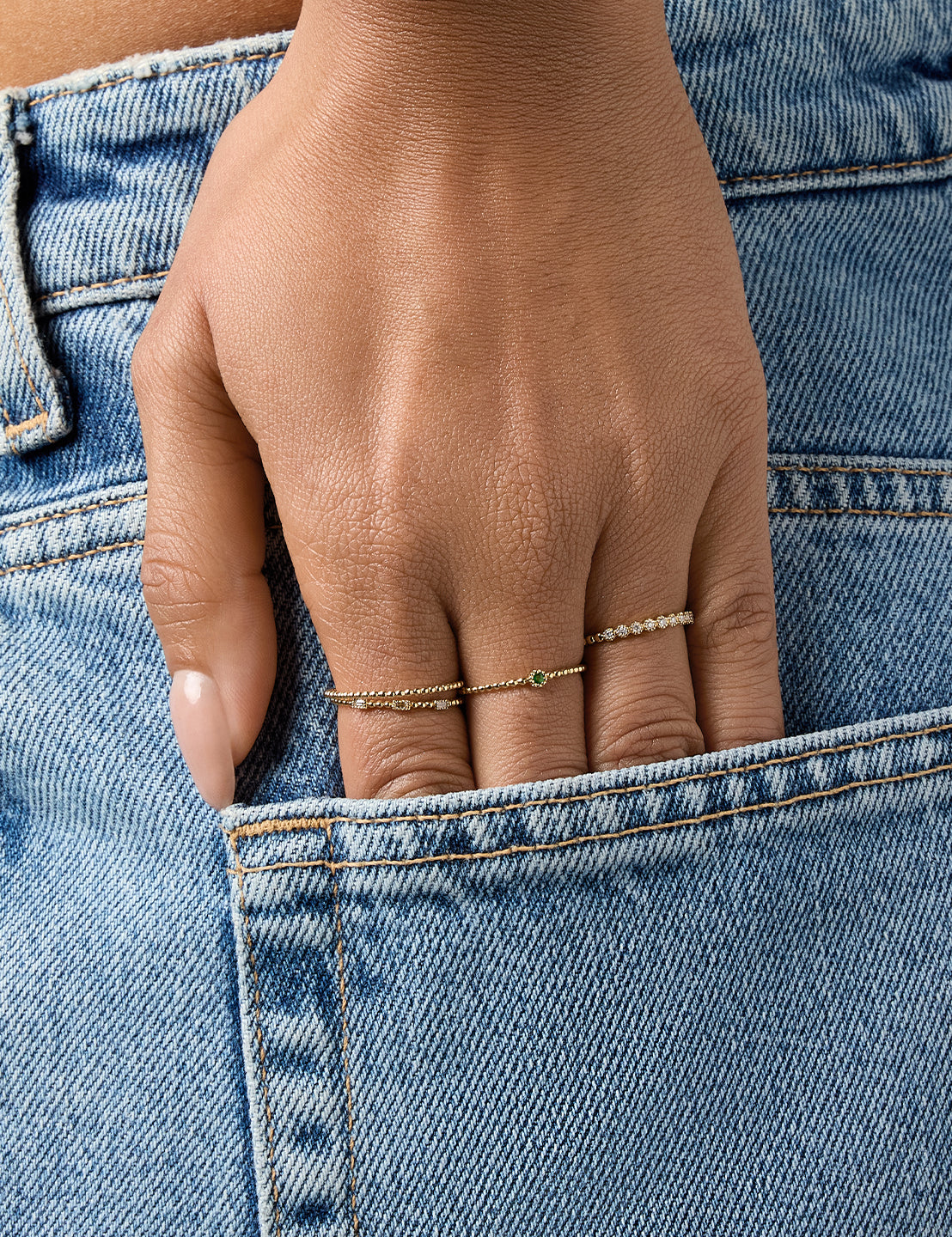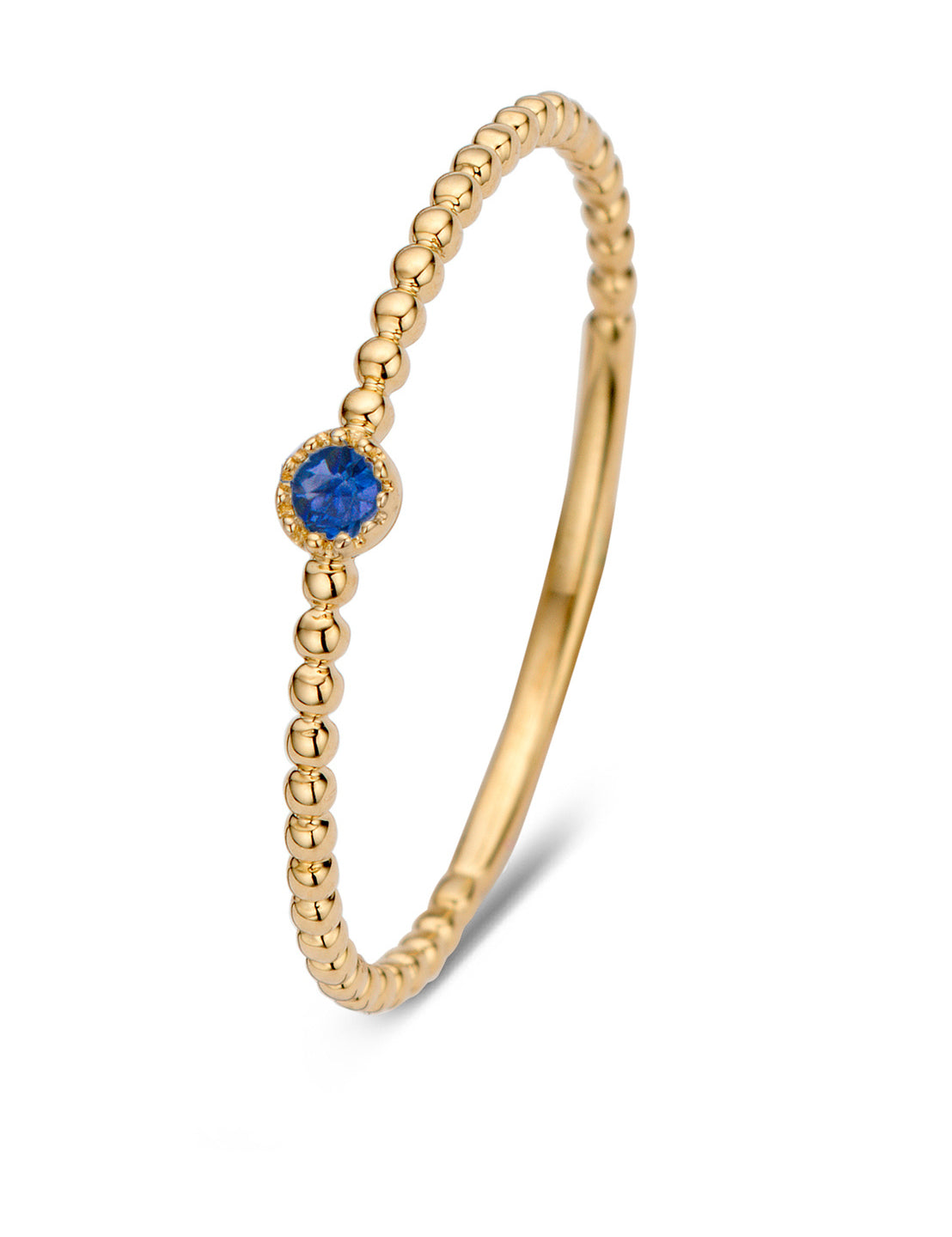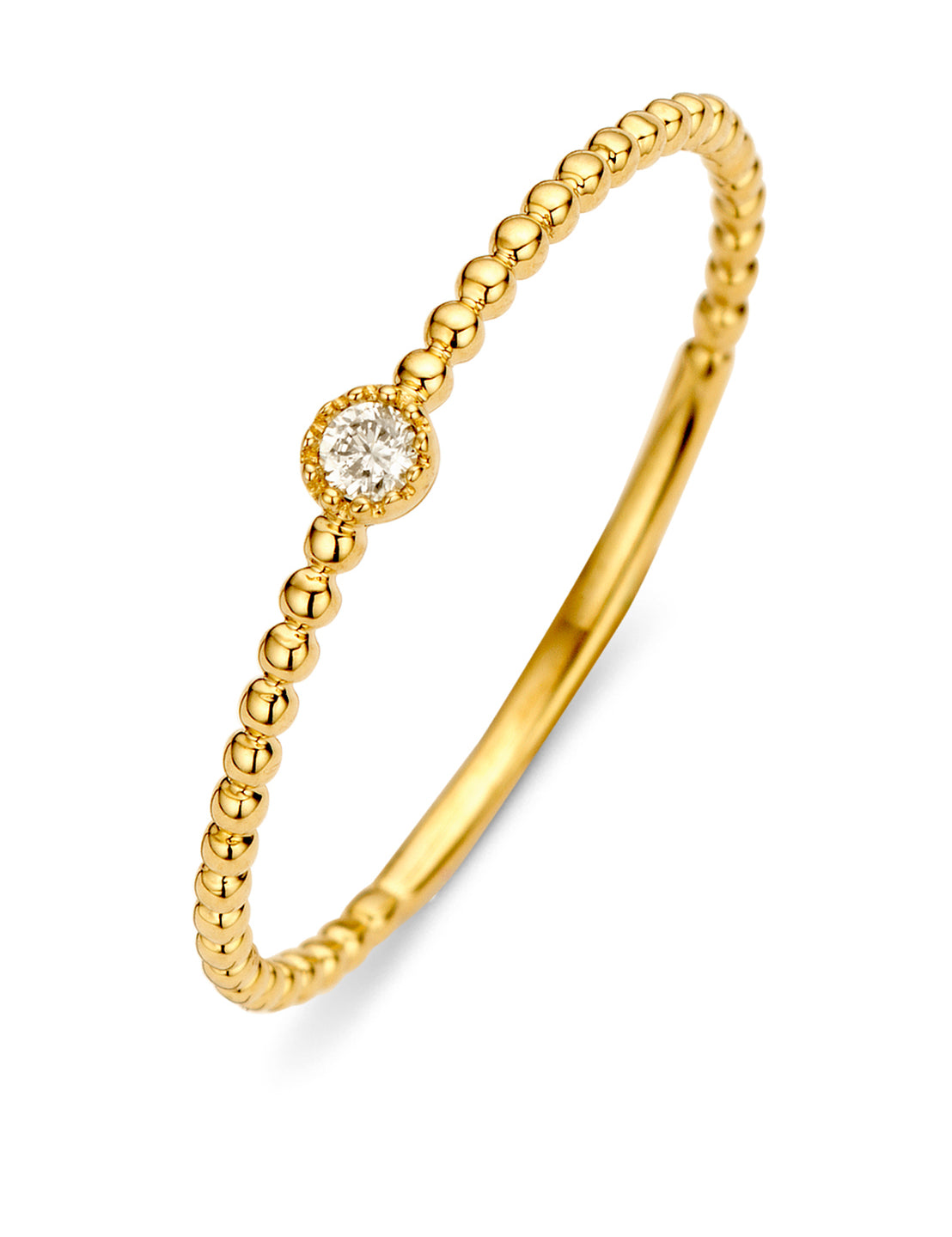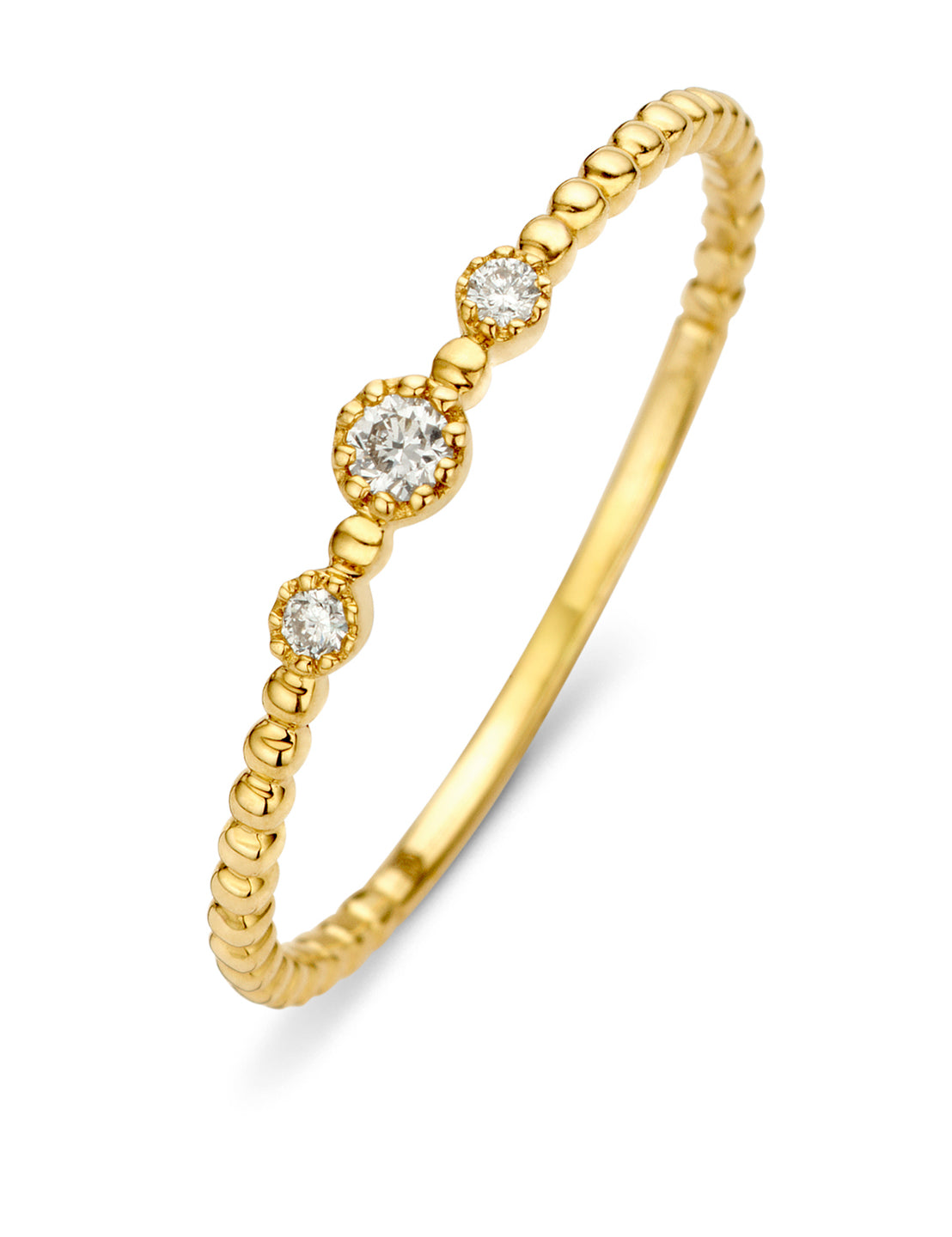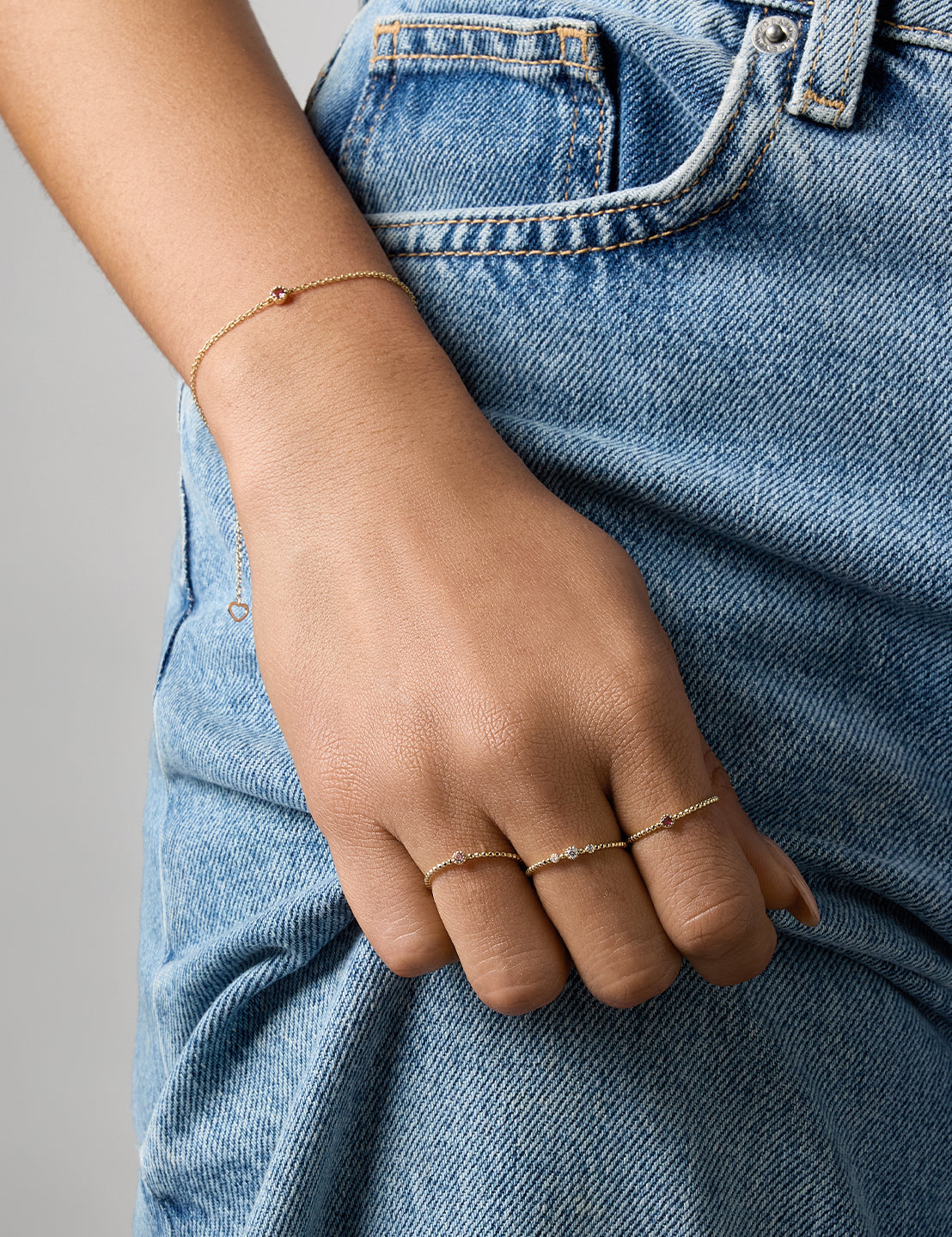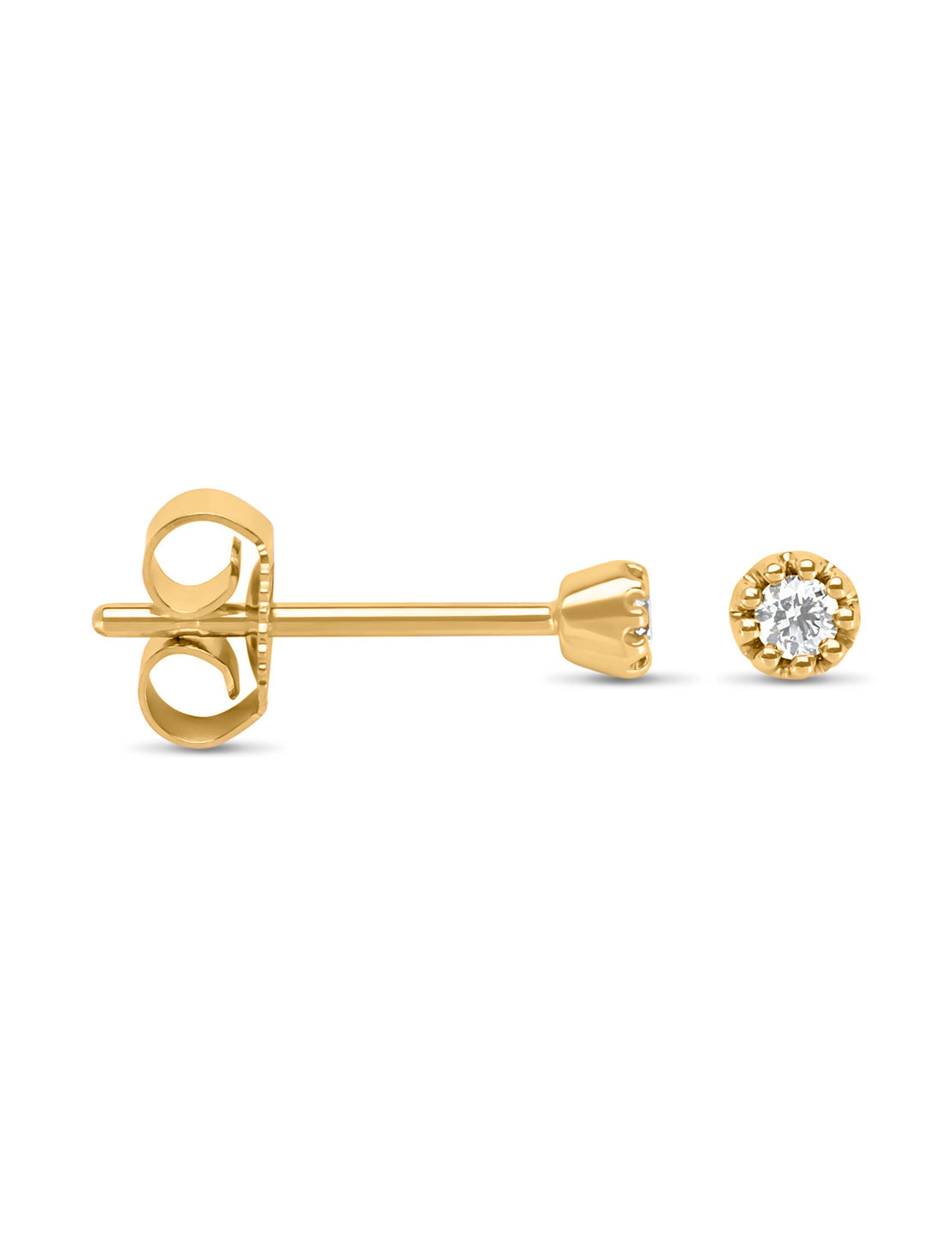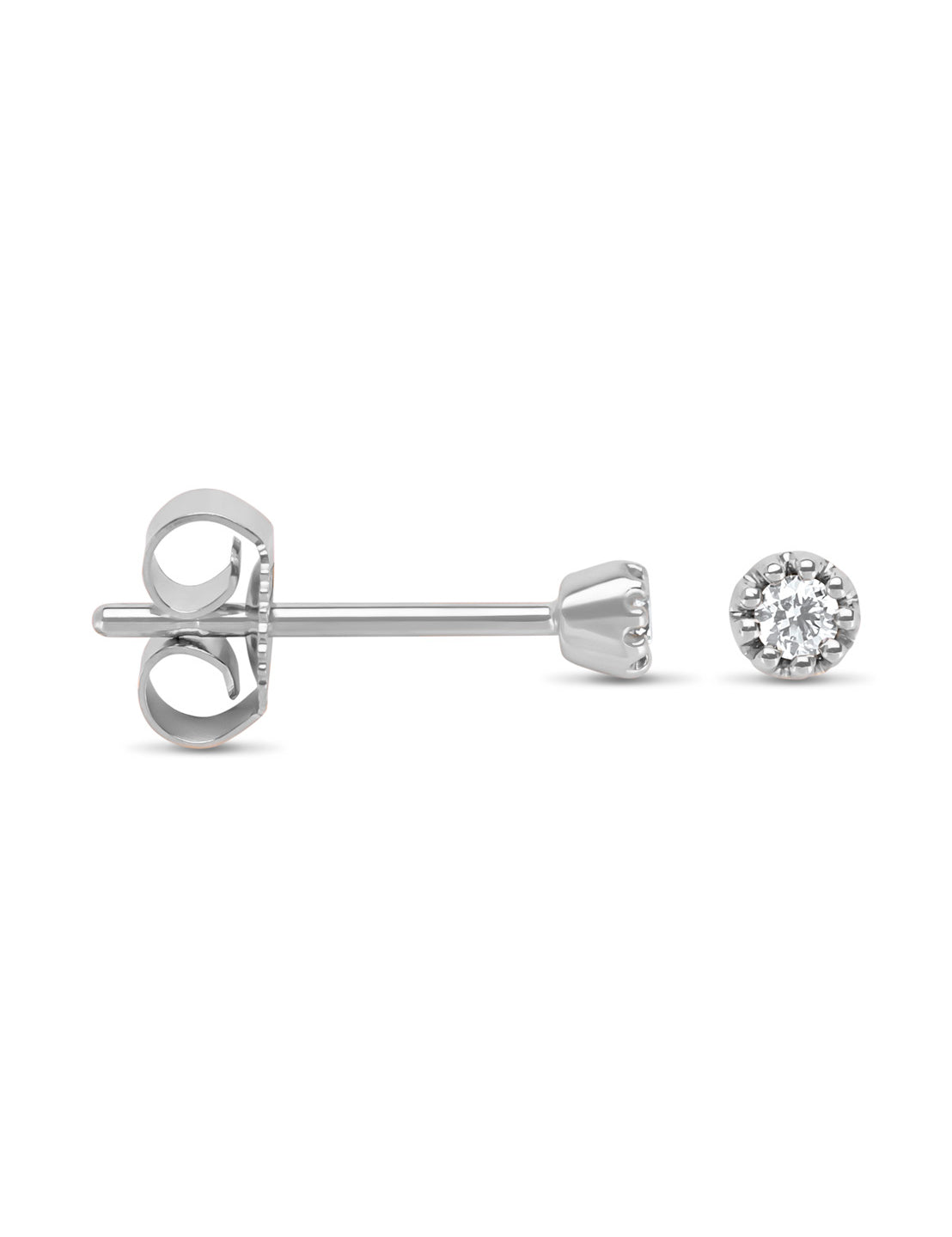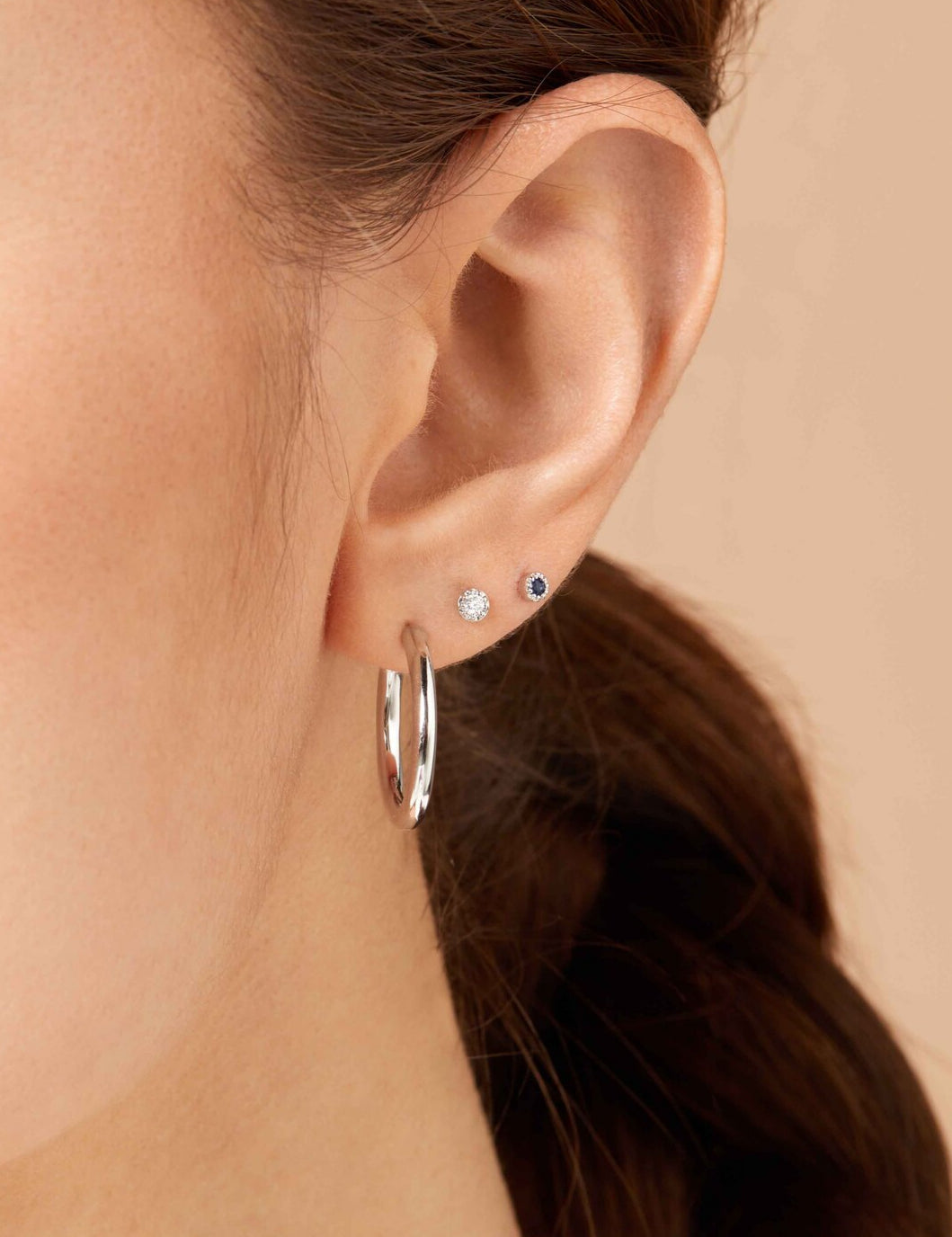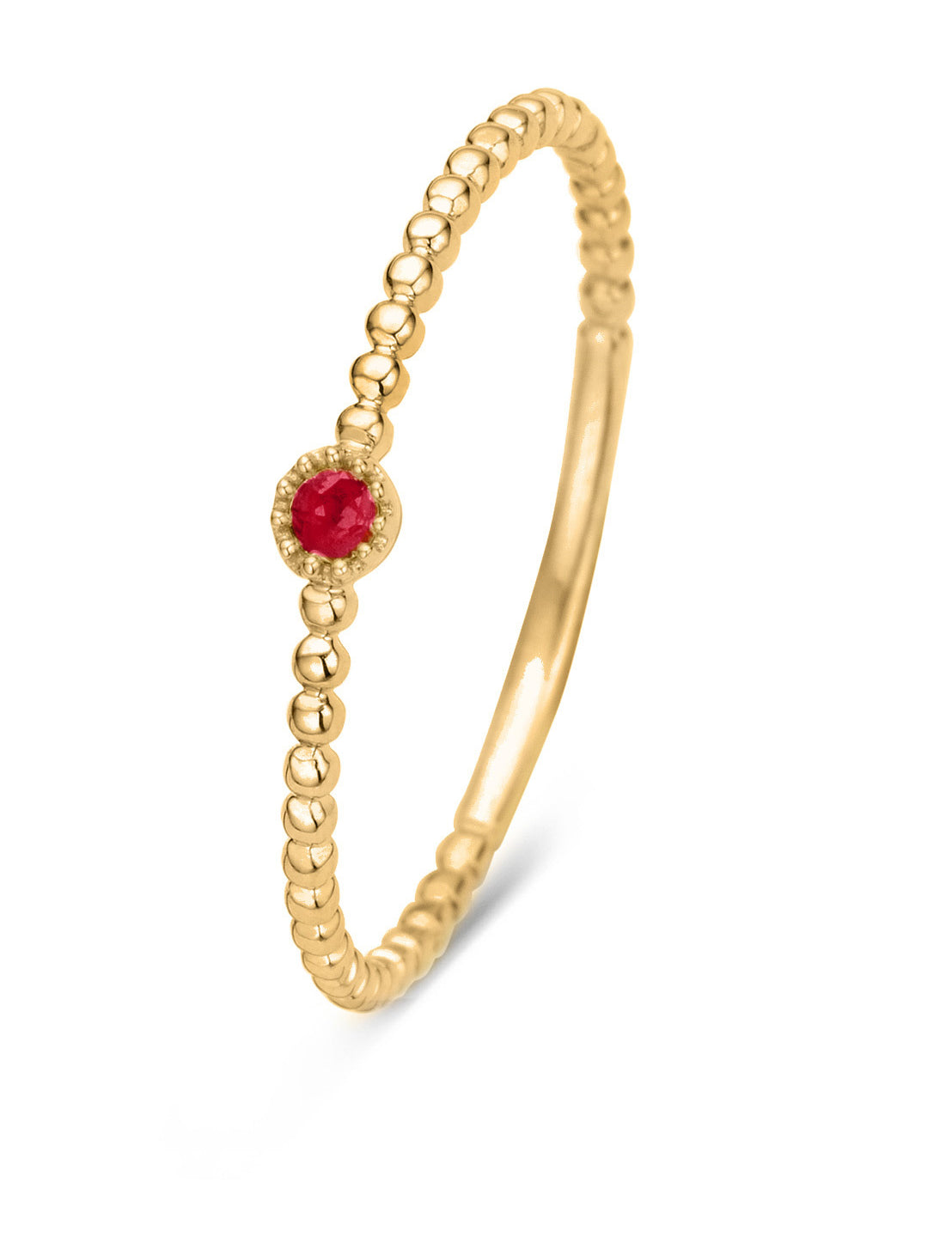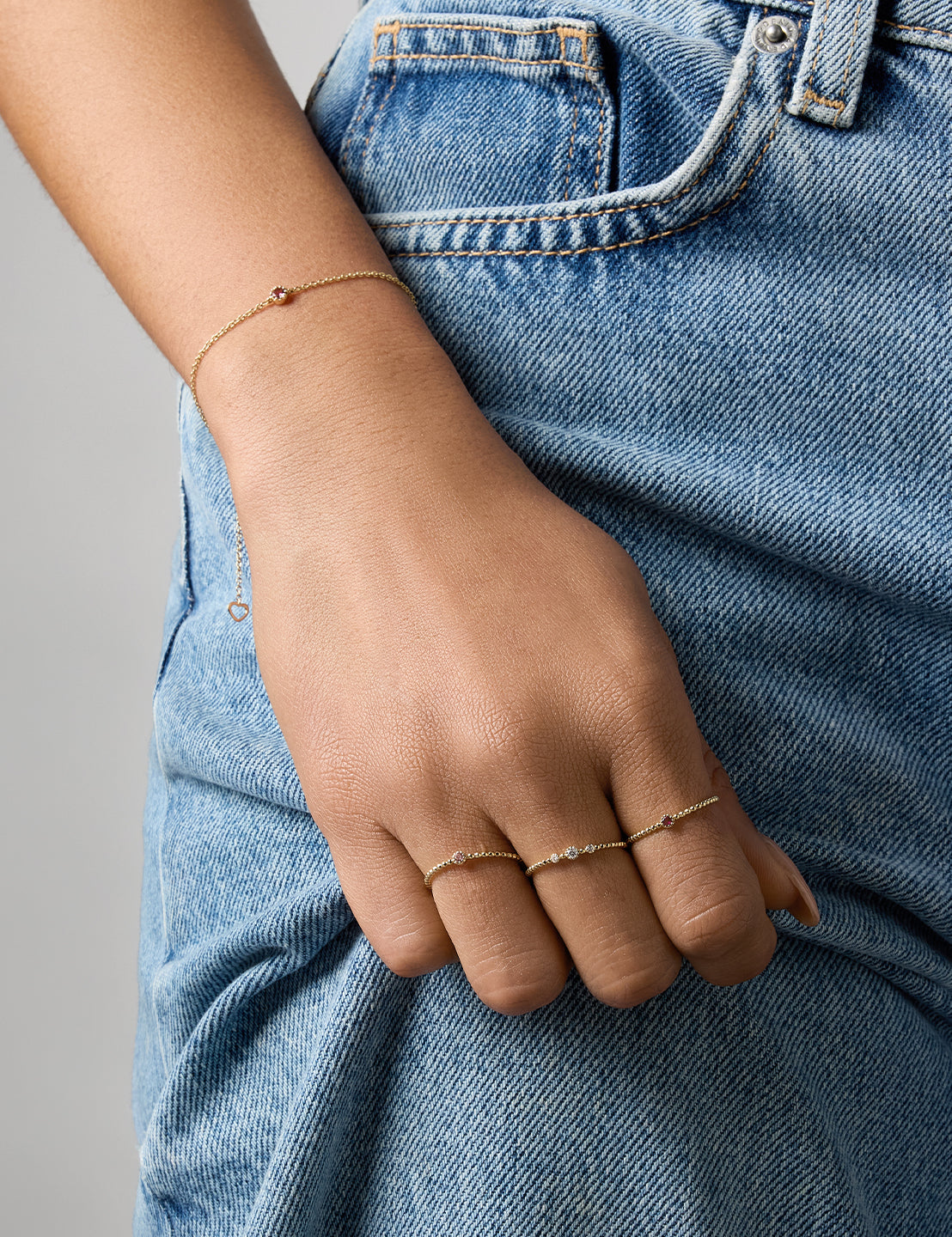Arise of precious stones
Precious stones are minerals, rocks or organic materials that are cut, polished. Precious stones are formed in different ways. Based on that, archaeologists have made a distinction of the various gems. The three categories are as follows:
- Magmatic precious stones: these precious stones are created by the solidification of melted rock. An example of a magmatic rock is peridot.
- Sedimentary gems: These are rocks that have been created by weathering and erosion. An example of such a rock is opal.
- Metamorphic precious stones: these precious stones are formed under great pressure and high tempratures under the earth's surface. For example, diamond is a metamorphic rock.

